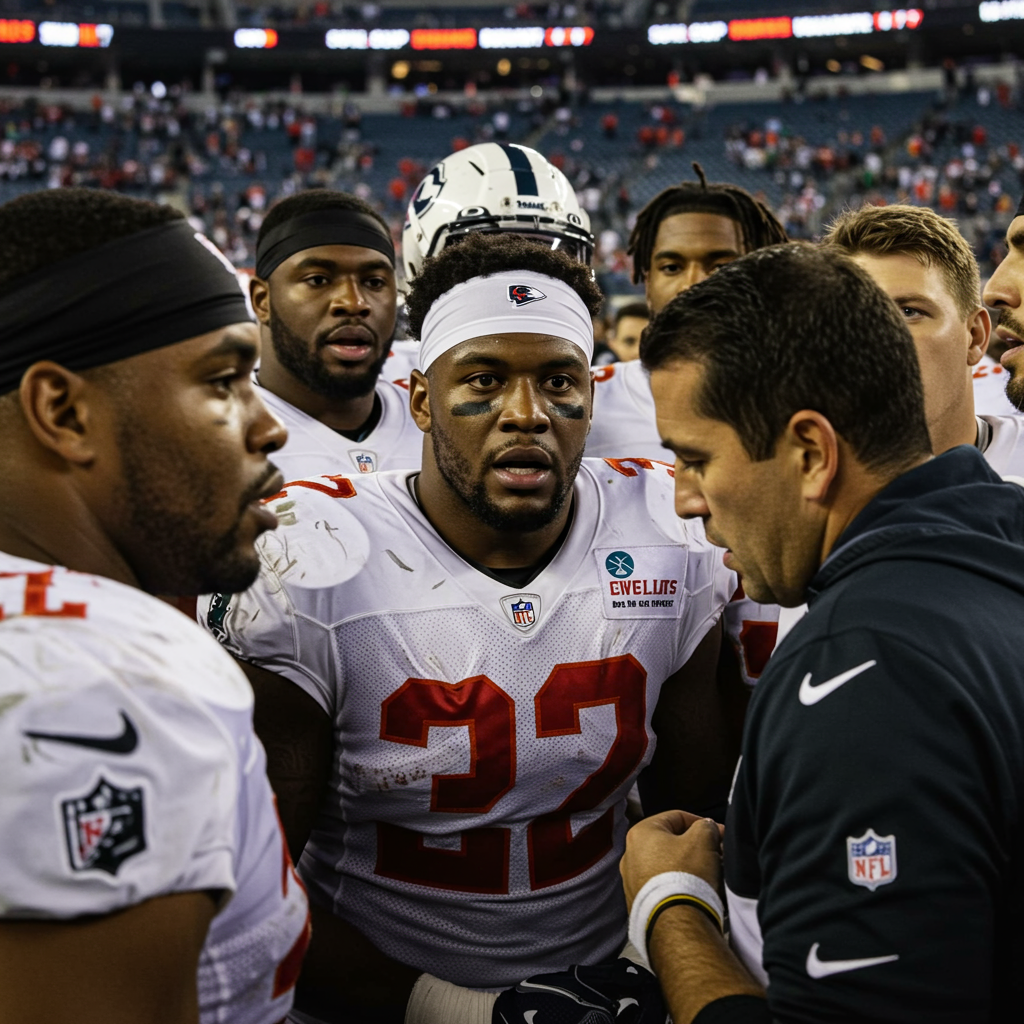Inter Miami secured a pivotal 2-1 victory over Porto in the FIFA Club World Cup, a result that underscored the significance of tactical adaptation under manager Javier Mascherano. While Lionel Messi delivered a moment of characteristic individual brilliance – a stunning free kick to clinch the points – the analysis reveals this crucial win was far more intricate than relying solely on “Messi magic.”
This match represented a defining moment for Mascherano’s tenure, marking a notable shift in Inter Miami’s approach. The team effectively ditched dominance for pragmatism, choosing control over chaos against a formidable Porto side. Despite being outshot, Miami’s strategically sound setup paved the way for a deserved victory and three vital points, highlighting Mascherano’s tactical acumen.
To achieve this, Mascherano needed to demonstrate tactical flexibility, adapting his preferred style to counter Porto’s strengths. This pragmatic structure was key not only to defensive solidity but also to maximizing the contributions of key players like Benjamin Cremaschi and Sergio Busquets, placing Messi’s match-winning moments within a robust team framework.
Keys to the Tactical Triumph
Inter Miami’s success against Porto hinged on several specific tactical adjustments and standout individual performances within Mascherano’s revised system:
Benjamin Cremaschi: The Dynamic Engine
Benjamin Cremaschi’s boundless energy and high work rate have sometimes presented a challenge in Inter Miami’s preferred controlled possession game. However, against Porto’s fluid setup, his dynamic attributes became indispensable. Nominally starting on the right, Cremaschi frequently shifted into the center, providing much-needed legs in midfield, especially in the absence of Yannick Bright.
Cremaschi finished the match leading both teams in tackles and interceptions, a testament to his relentless off-ball effort. His willingness to cover ground, occupy space, and make selfless runs – pulling defenders wide to create central corridors for Messi – was crucial. His ability to contribute defensively while also offering quick ball distribution from the right inside channel made him a vital cog in Mascherano’s pragmatic machine.
A Lower, Compact Defensive Line
Mascherano’s standard high defensive line has often exposed Inter Miami due to a lack of consistent pressing from forwards, limited midfield athleticism, and center-backs/goalkeepers lacking recovery pace. This approach, while effective against weaker MLS teams, proves vulnerable against European opposition.
Against Porto, Miami adopted a noticeably deeper defensive line. Rather than attempting to force turnovers high up, they focused on squeezing space in deeper areas, challenging Porto’s creative players to break them down. This strategic shift, despite conceding 14 shots, significantly reduced Porto’s clear-cut chances, allowing only three shots on target (one a penalty). While individual moments of brilliance or defensive interventions (like Maxi Falcon’s goal-line clearance) were still needed, the team was fundamentally sturdier from the outset.
Sergio Busquets: The Anchoring Intelligence
Concerns about Sergio Busquets’ mobility have surfaced, particularly after the opening Club World Cup match. However, the veteran Spaniard’s enduring value lies not in pace but in exceptional footballing intelligence and positioning. Against Porto, Busquets demonstrated his mastery of the deep-lying midfield role.
Tasked with sitting just in front of the defense, Busquets became Miami’s primary connector. He received the ball consistently, used his peerless spatial awareness to swivel and find penetrating passes – especially into Messi. He completed all but one of his tackles and won the third-most duels on the pitch, proving remarkably effective at disrupting Porto’s attack with minimal, yet impactful, contact. Busquets’ ability to remain relatively static, anchoring the midfield and dictating the tempo with intelligent passing, was fundamental to Miami’s control in key areas.
Lionel Messi: The Decisive Catalyst
While the tactics laid the foundation, Lionel Messi’s quality remained the ultimate difference-maker. Operating with the second-most touches for Miami, Messi didn’t necessarily dominate every phase but was ever-present, conserving energy while waiting for decisive moments.
He initiated the sequence for Telasco Segovia’s equalizer with a perfectly angled ball and, of course, sealed the win with a spectacular free kick – a reminder that strategic planning, when combined with the world’s best player, is a potent formula. The team’s defensive structure and midfield work created the scenarios where Messi’s genius could shine brightest, proving that the “Give Ball to Messi” strategy is most effective when supported by a well-drilled, hard-working unit.
Mascherano’s Tactical Maturity
This victory holds significant weight for Javier Mascherano’s burgeoning managerial career. It showcased a willingness to “swallow ego” and adapt his tactical blueprint against a superior opponent, a trait crucial for success at the highest level.
Beyond the specific adjustments, Miami displayed heightened intensity and fighting spirit. They won significantly more duels (50 to Porto’s 34), contested headers effectively, completed more tackles, and registered more defensive actions. As Mascherano stated, the team proved that “If we have a plan and stick together… we can compete.”
While football always involves an element of fortune, Mascherano’s decision to prioritize pragmatism and control against Porto was a strategic triumph. This ability to revamp the team’s approach, lighting a fire under his players and guiding them to victory in a crucial match, solidifies this as arguably his biggest moment in club management and a promising sign for Inter Miami’s ambitions in the Club World Cup.

